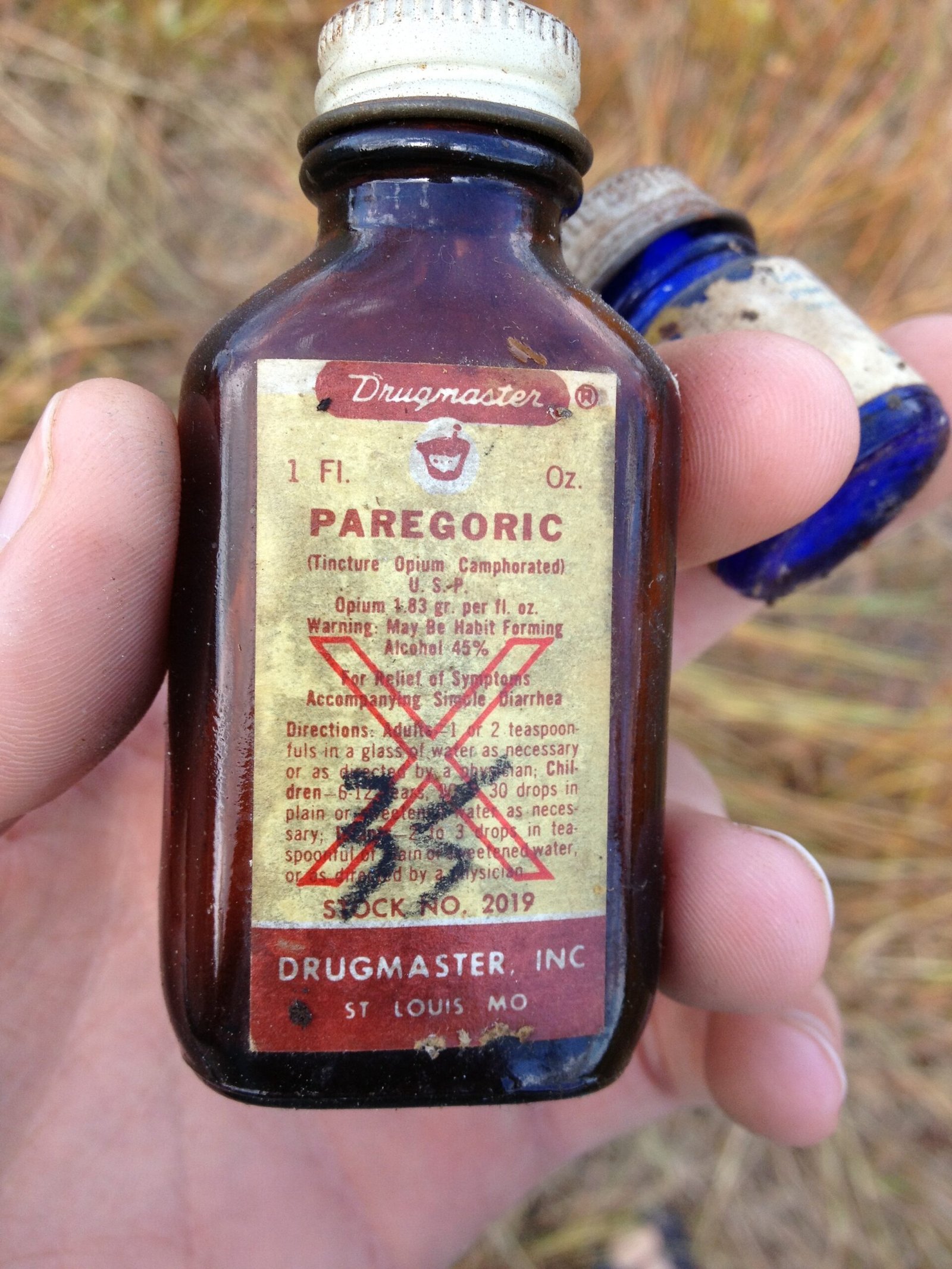What is Paregoric?
Composition and Uses
Paregoric, an opioid analgesic, is composed of 0.04% morphine alongside ingredients like benzoic acid, camphor, and anise oil. Traditionally, it has been used to relieve diarrhea by slowing the movement within the digestive system. While it was once a staple in medicinal cabinets, its primary use remains focused on treating severe diarrhea.
Historical Context of Paregoric
Abuse and Health Complications
In the 1960s, paregoric was widely abused as a substitute for opium or heroin, especially in Detroit. This misuse involved concentrating the liquid by boiling, then injecting it intravenously, causing severe health issues such as infections and pulmonary complications. The irritant properties of its components—benzoic acid, camphor, anise oil—amplified these effects.
Regulatory Changes and Their Impact
Changes in Legal Status and Availability
Initially classified as an exempt narcotic in Michigan, paregoric could be purchased without a prescription until April 20, 1964. However, due to rising concerns about its abuse potential, regulations were enforced to control its distribution. Today, the “Paregoric” brand name is discontinued in the U.S., though generic forms may still be available under strict prescription guidelines.
Side Effects and Precautions
Impact on Patient Health
The potential for dependency alongside side effects such as constipation, vomiting, drowsiness, and stomach pain are significant concerns with paregoric. Patients with pre-existing conditions, including liver or kidney disease, must exercise caution. It is advised to refrain from alcohol and operating machinery while under paregoric medication.
Modern Medical Alternatives
Shift to Safer Treatment Options
With the rise of more effective and safer alternatives, paregoric prescriptions have become rare. Modern medical practices prioritize patient safety, offering options that have lower misuse potential while maintaining therapeutic efficacy. This shift underscores the value of comprehensive patient assessments and careful monitoring in treatment planning.
Current Prescribing Practices
Guidelines and Doctor Considerations
Today, healthcare providers approach opioid prescriptions, including paregoric, with utmost caution. By adhering to stringent guidelines and engaging in thorough long-term planning, doctors aim to minimize dependency risks. The preference for medications with similar benefits but fewer side effects reflects the changing landscape in pain and gastrointestinal treatment strategies.
“`






